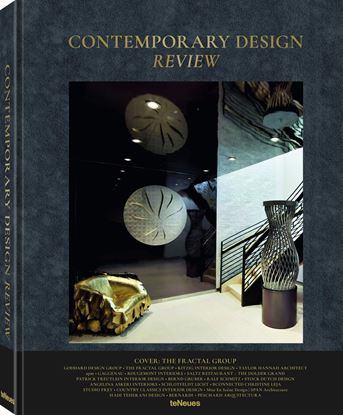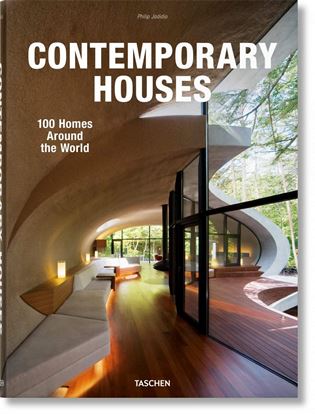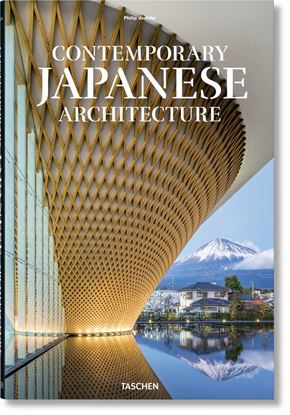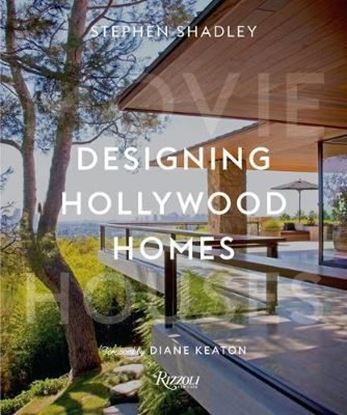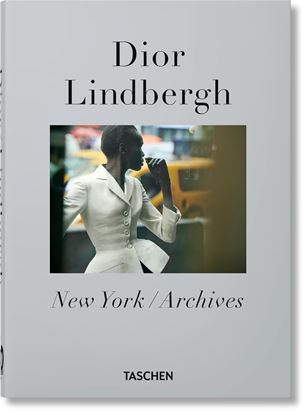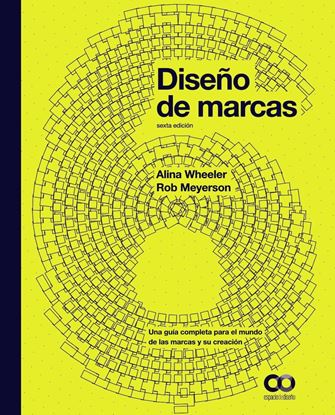

CONTEMPORARY HOUSES. 100 HOMES AROUND TH
Designing private residences has its own very special challenges and nuances for the architect. The scale may be more modest than public projects, the technical fittings less complex than an industrial site, but the preferences, requirements, and vision of particular personalities becomes priority. The delicate task is to translate all the emotive associations and practical requirements of “home” into a workable, constructed reality.
This publication rounds up 100 of the world’s most interesting and pioneering homes designed in the past two decades, featuring a host of talents both new and established, including John Pawson,Shigeru Ban, Tadao Ando, Zaha Hadid, Herzog & de Meuron, Daniel Libeskind, Alvaro Siza, and Peter Zumthor. Accommodating daily routines of eating, sleeping, and shelter, as well as offering the space for personal experience and relationships, this is architecture at its most elementary and its most intimate.
5,500
CONTEMPORARY JAPANESE ARCHITECTURE 40TH
Japan's contemporary architecture has long been among the most inventive in the world, recognized for sustainability and infinite creativity. No fewer than eight Japanese architects have won the Pritzker Prize.Since Osaka World Expo ’70 highlighted contemporary forms, Japan has been a key player in global architecture. Tadao Ando's geometry put Japanese building on the map, bridging East and West. After his concrete buildings, figures like Kengo Kuma, Shigeru Ban, and Kazuyo Sejima pioneered a more sustainable approach. Younger generations have taken new directions, in harmony with nature, traditional building, and an endless search for forms.Presenting the latest in Japanese building, this book links this unique creativity to Japan's high population density, modern economy, long history, and continual disasters in the form of earthquakes. Accepting ambiguity, constant change, and catastrophe is a key to understanding how Japanese architecture differs from that of Europe or America.Derived from the XL-sized book, this affordable edition highlights 37 architects and 53 exceptional projects by Japanese masters—from Tadao Ando’s Shanghai Poly Theater, Shigeru Ban’s concert hall La Seine Musical, SANAA’s Grace Farms, Fumihiko Maki’s 4 World Trade Center to Takashi Suo’s much smaller sustainable dental clinic. An elaborate essay traces the building scene from the Metabolists to today, showing how the interaction of past, present, and future has earned contemporary Japanese architecture worldwide recognition.
1,995
DESIGNING HOLLYWOOD HOMES
Designer extraordinaire Stephen Shadley began his working life as a scenic artist at 20th Century Fox. Throughout a celebrated career (landing a coveted spot on the AD100), his work has been marked continually by the glamour of Hollywood as well as by a kind of visual storytelling that is richly informed by the world of the movie screen and by the artifice and allure of film s great cinematographers. Notable for their expression of an exquisite sense of style, his designed homes including the interiors for a classic Beverly Hills abode for Diane Keaton, an apartment for Robert Altman in the legendary Pythian building on New York s Upper West Side, as well as a luxurious contemporary home for Jennifer Aniston are all expressions of a masterful sense of scale and an appreciation for understated beauty and refined materials that are ultimately warm, inviting, and serene. The book features numerous beautifully designed homes of Hollywood royalty, primarily in Southern California, though with notable projects in New York and beyond, as well as three greenrooms, which Shadley designed for the Oscars and the Emmy Awards.
995
DIOR LINDBERGH 40TH ED. (INT)
Peter Lindbergh photographed Dior’s most exceptional muses, Marion Cotillard and Charlize Theron among them, and signed campaigns for Lady Dior and J'Adore with his inimitable style. Throughout his career, the photographer was one of the house’s closest collaborators. This final book was an original cocreation that was close to the artist’s heart―and to ours.
2,200
DISEÑO DE LOGOS
¿Quién necesita el diseño de la identidad de marca? Todas y cada una de las compañías que existen. ¿Y quién proporciona el servicio? ¡Usted! ¿Pero cómo conseguir clientes importantes? ¿Y cómo conseguir que su trabajo siga marcando la diferencia en una profesión en constante evolución como es el diseño?
1,995
DISEÑO DE MARCAS. SEXTA EDICION
Tanto si es jefe de proyecto de renovación de la marca de su empresa como si necesita enseñar a sus empleados o alumnos los conceptos básicos de la creación de una marca, Diseño de marcas es el recurso definitivo. La sexta edición se ha actualizado a conciencia para abordar los retos profesionales actuales de la creación de marcas. Desde la investigación hasta la estrategia de marca, la ejecución del diseño, el lanzamiento y la gobernanza, Diseño de marcas es un compendio de herramientas y prácticas adecuadas que desmitifican, inspiran y proporcionan una hoja de ruta para crear marcas sostenibles y exitosas.
2,450
DISEÑO DE PROCESOS CREATIVOS
Trabajar en equipo es algo enormemente gratificante, pero también enormemente complejo. Tras muchos años de experiencia en la facilitación de procesos de creación en grupo, el autor ha sintetizado en este libro una eficaz metodología que sirve de guía para evitar los habituales puntos ciegos, errores, desequilibrios y amenazas que pueden obstruir el proceso y bloquear al equipo.
¿Qué debemos saber para co-crear con eficacia y disfrute? ¿Qué figuras o fases de ideación en equipo se dan en un proyecto? ¿Cómo evitar problemas habituales como las actitudes muy críticas, el recelo hacia las nuevas ideas, el conformismo o la falta de motivación del equipo?
1,700

